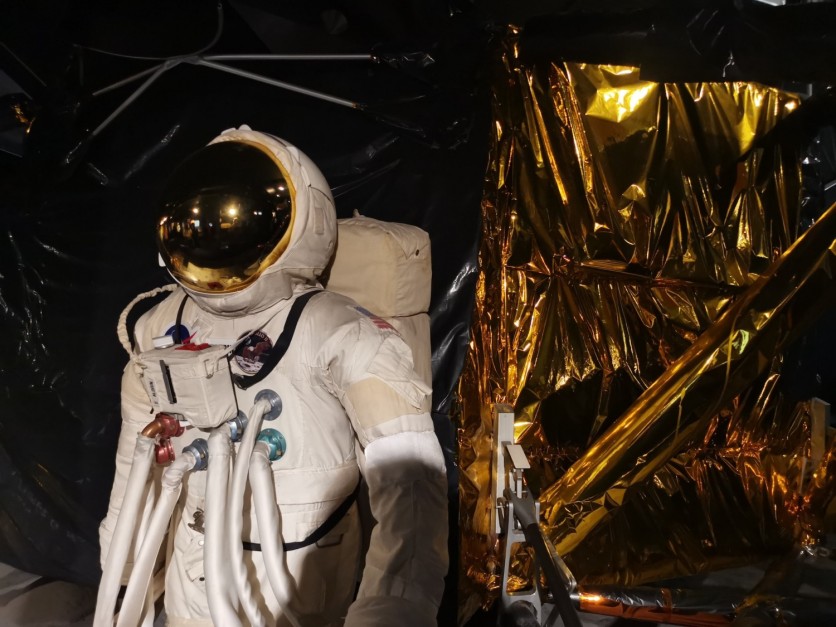NASA has plans to construct a building on Mars. Its aim to administer another breakthrough in space comes with 3D-printing special areas for food and medicine.
The international space agency will be sending a four-man mission for a year inside a 3D-printed building in June as part of the upcoming Martian exploration.
How Can NASA Melt the Regolith

It's by no easy means to construct something on a foreign surface, especially if an astronaut has a few challenges to overcome before he/she can do that.
Of course, the world of space exploration is quickly evolving, and scientists should think of effective ways to build landing pads on a lunar surface.
According to The Sun, a team of researchers from the University of Central Florida came up with a brilliant solution to melt the lunar soil. Through microwaves, it will be easier to construct landing pads on the Moon, that's even cheaper.
NASA eyes this mission to be a kickstart of a bigger mission in the future. Because experiments are projected to happen in a different setting, this is "strategically important" for the nation amid the rising value of space resources.
Using the existing regolith on the moon will save tons of bucks from the expensive shipping of equipment and materials from Earth. 3D-printing them into bite-sized layers will make them more usable for longer use.
According to Jennifer Edmunson, the team lead of MMPACT, melting the regolith through microwaves is the first step in 3D printing.
Edmunson adds that the construction should be autonomous to avoid potential dangers that can affect the astronauts.
Building on the Moon Can Go Wrong
Gravity on Earth is stronger than on the moon, so it's a challenge that astronauts should learn to overcome before building on a lunar surface starts.
Wired says that several things can go wrong if the process isn't executed properly. Moonquakes can take place anytime, thus, abnormal temperature changes can also affect the method.
Moondust can also block the parts of the machines, which causes some problems in the hardware. Astronauts can also inhale these particles, which can lead to hay fever-like symptoms.
The ambitious setup of building a new planetary home for the people can sound promising.
If NASA wants to reach new heights in space exploration, it needs to thoroughly study how to pull it off correctly to avoid mistakes that can slow down the whole progress.
Astronauts Can Breathe Easier Someday
According to Space.com, researchers at NASA's Johnson Space Center have reportedly discovered that using lunar soil in a vacuum can produce oxygen.
This endeavor is important for NASA since it's a crucial part of its establishing a long-term outpost on the moon. The mission is also part of the Artemis program, which aims to unearth more discoveries on the Earth's natural satellite.
To be able to sustain its future missions on the lunar terrain, NASA will use the so-called in-situ resource utilization (ISRU).
"This technology has the potential to produce several times its own weight in oxygen per year on the lunar surface, which will enable a sustained human presence and lunar economy," JSC senior engineer Aaron Paz said in a NASA statement.
Read Also: Mars' Crust Made of 'Heavy Armor' Says New Study, Will this Tough Exterior be a Problem Soon?

![Apple Watch Series 10 [GPS 42mm]](https://d.techtimes.com/en/full/453899/apple-watch-series-10-gps-42mm.jpg?w=184&h=103&f=9fb3c2ea2db928c663d1d2eadbcb3e52)



